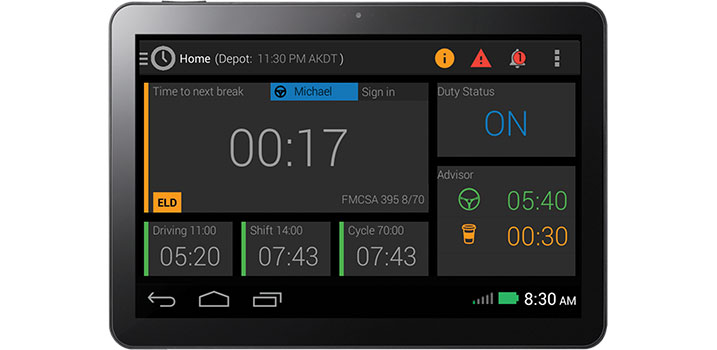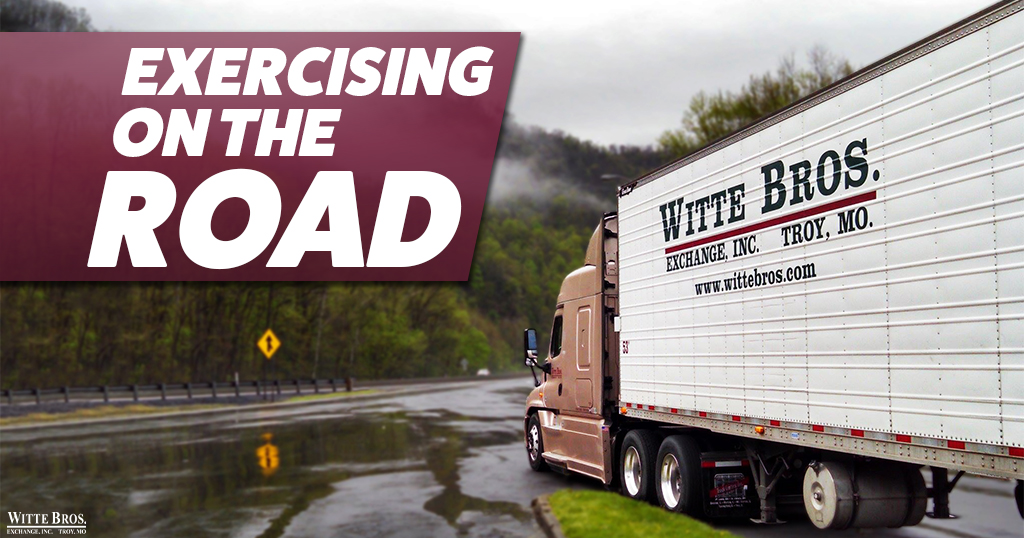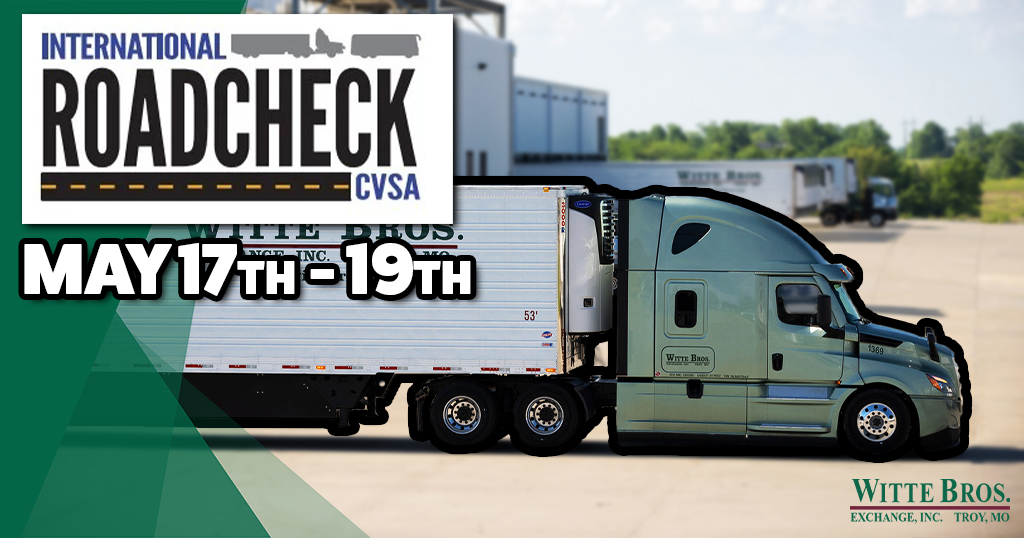As of late last year, the FMCSA implemented the Electronic Logging Device (ELD) Rule which applies to most motor carriers and drivers who are required to keep records of their duty status. An ELD is technology that automatically records a driver’s driving time and other hours-of-service (HOS) data. It connects directly to a vehicle’s engine and capture’s data on whether the engine is running, if the vehicle is moving, how many miles are drive and duration of engine operation.
Since the ELD rule has been in full, mandatory effect two driving areas that are important to pay attention to: yard movement and personal conveyance.
Yard Movements
Since a “yard move” has been outlined as a special driving category by the FMCSA, it is important to make sure your ELD is logging it properly. Yard movements are for when you may be moving your truck, but you are not technically driving. Needing to move to a different parking spot in a yard or re-positioning your truck to be closer to a loading dock are examples of a “yard move”.
If you find yourself needing to move your truck in yard movement status, your ELD will log that as “on-duty”. Fortunately, the amount of time you spend in yard move will not affect your 11-hour drive time, but it will affect your 14-hour clock.
Personal Conveyance (PC)
Per FMCSA, personal conveyance is “the movement of a commercial motor vehicle (CMV) for personal use while off-duty”. Due to PC being used for personal reasons, there are a few more specifics and regulations if you need to use it because it does not reduce your responsibility as a driver nor a motor carrier’s responsibility to operate and use that CMV safely. PC can be logged as “off-duty” only when you are relieved from work and all responsibility for performing work related duties by the motor carrier.
Here are a few very common ways to use personal conveyance while in “off-duty” status:
- Commuting between your terminal and residence, between drop-los and other work sites
- Traveling to a nearby, reasonable and safe location to obtain required rest after loading or unloading
- Getting to en-route food, fuel or lodging locations like restaurants or truck stops
On the other hand, these examples would not qualify as appropriate ways to use PC:
- Moving a CMV in order to enhance the operational readiness of a motor carrier. For example, bypassing available resting locations in order to get closer to the next loading or unloading point or other scheduled motor carrier destination.
- Time spent traveling to a motor carrier’s terminal after loading or unloading from a shipper or a receiver.
- After being placed out of service for exceeding the maximum periods permitted under part 395, time spent driving to a location to obtain required rest, unless so directed by an enforcement officer at the scene.
- Time spent transporting a CMV to a facility to have vehicle maintenance performed.
Currently, the FMCSA does not yet have a formal definition for a yard, but the basic requirements of using a “yard move” is that the CMV cannot be operating on what is defined as a highway – any roadway, public or private, that the public can operate a four-wheeled vehicle on that is not restricted by signs or gates. It is also important to remember that yard moves will be visible in your ELD data and show as on-duty time but does not count toward your actual available drive time.
Also remember that personal conveyance is not a new part of the hours of service regulations. Since ELDs have become mandated, the PC regulations now just have an extra focus on what the reason is that you may be operating a CMV while off-duty, loaded or not loaded. With extra attention, drivers need to use this function as a last resort to find the nearest safe place to obtain rest.
If you have any questions about these movements or your ELD in general, please contact the Safety Department for clarification. Drive safe!





